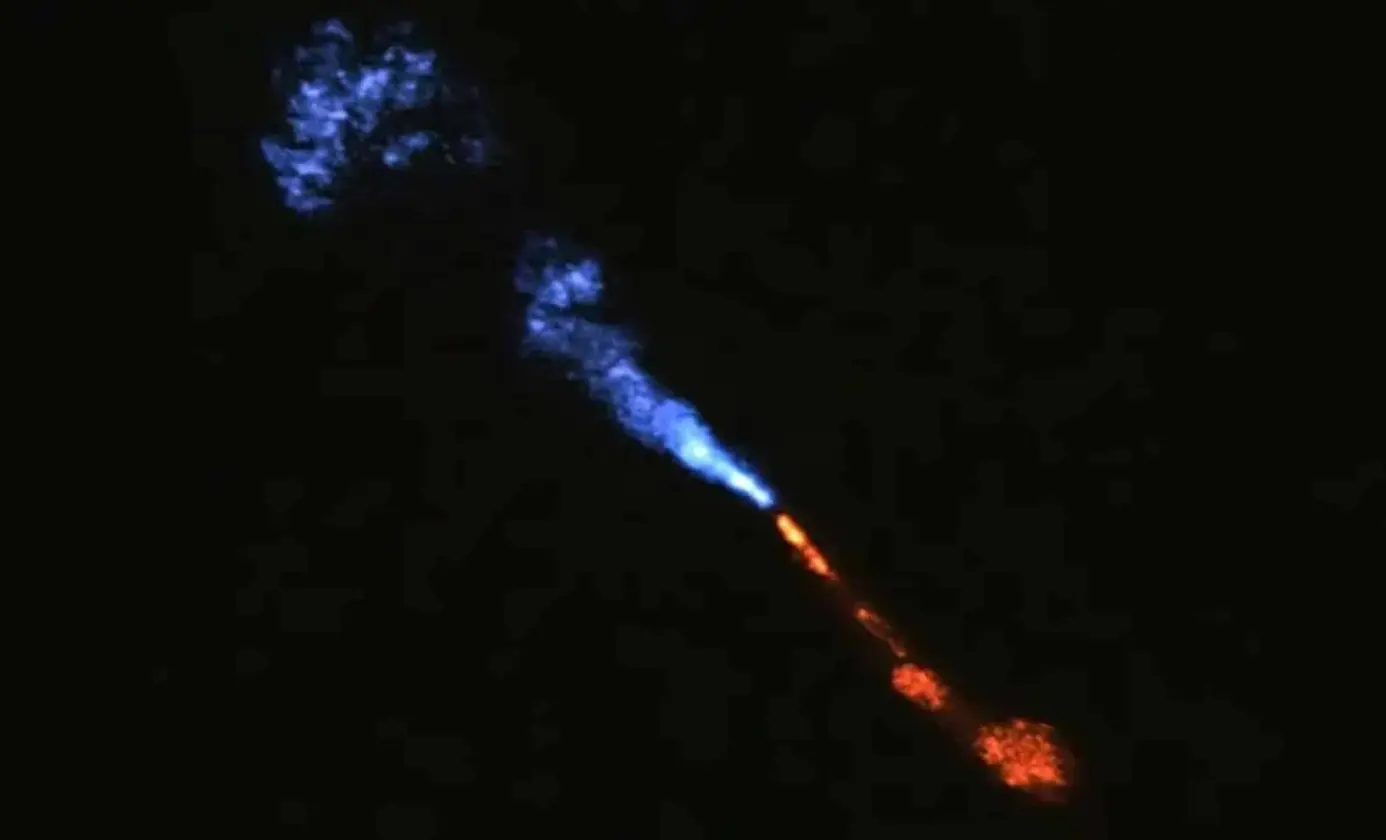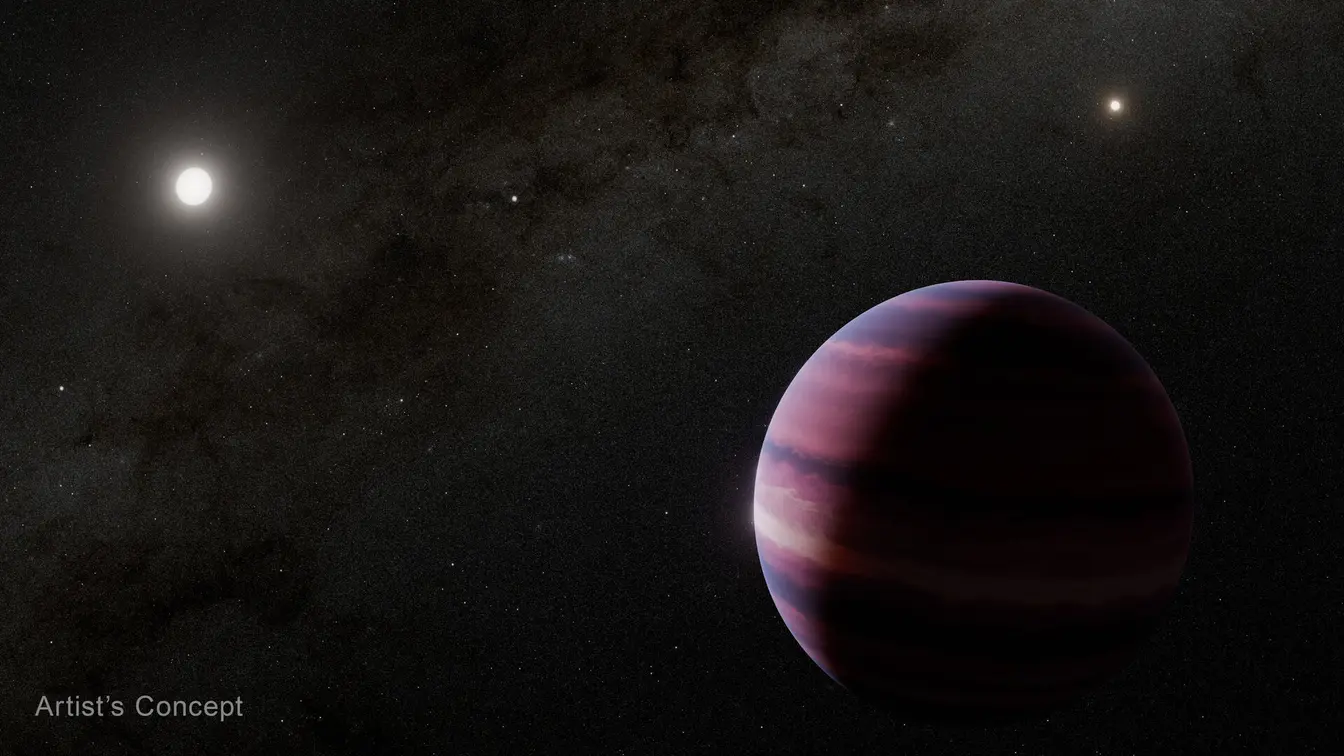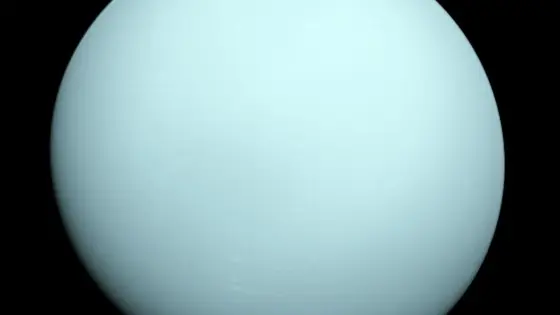T4K3.news
NASA's Webb Telescope Observes New Solar System
Astronomers capture the first moments of planet formation around star HOPS-315.

First-ever look at baby planets forming in a newborn solar system like ours.
NASA’s Webb Telescope Observes Birth of a New Solar System
Astronomers have captured the very first moments of planet formation around a young star called HOPS-315. Utilizing data from NASA's James Webb Space Telescope and ALMA in Chile, researchers detected the beginnings of rocky planet development surrounding this star. HOPS-315 is estimated to be between 100,000 to 200,000 years old, indicating that it is still in its infancy. Its unique gas disk structure allowed scientists to observe a significant area where rocky worlds may emerge.
Lead researcher Melissa McClure noted that the findings support established theories about planet formation in gas and dust disks. The research displayed various minerals like silicate and gases essential for building terrestrial planets, which had never been directly observed in such a young system before. The information hints at a potentially rich environment suitable for forming multiple planets, similar to Earth’s conditions.
Key Takeaways
"We’ve captured a direct glimpse of the hot region where rocky planets like Earth are born around young protostars."
Melissa McClure highlights the significance of the discovery in understanding planet formation.
"The findings open up a rich opportunity for scientists hoping to better understand planet formation."
Fred Ciesla emphasizes the excitement within the scientific community regarding the implications of the research.
This remarkable discovery not only provides insights into HOPS-315 but also raises broader questions about the frequency of planet formation in new solar systems throughout the universe. As scientists analyze these findings, they might redefine our understanding of whether Earth-like planets are special or commonplace in the cosmos. The implications extend far beyond HOPS-315, suggesting a regularity in planetary development that could lead to a greater number of worlds like our own.
Highlights
- HOPS-315 is a cosmic baby witnessing its first moments of formation.
- This discovery opens doors to understanding rocky planet formation.
- Could Earth-like planets be more common in the universe than we thought?
- A snapshot of planet birth could reshape our view of the cosmos.
Scientific Implications of Planet Formation Discovery
The discovery raises questions about the uniqueness of Earth-like planets and influences future funding and research priorities in astronomy.
This discovery may inspire new perspectives on our place in the universe.
Enjoyed this? Let your friends know!
Related News

Astronomers detect potential gas giant near Alpha Centauri

Webb finds new Uranus moon

Interstellar comet 3I/ATLAS observed by JWST

Interstellar comet prompts new chemical questions

Interstellar object 3I/ATLAS reveals CO2 rich coma

New tiny moon found around Uranus

Tiny Uranus Moon Expands Our View Of Uranus Moon System

New Uranus moon spotted by Webb
